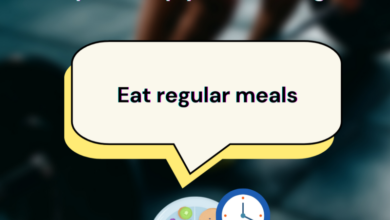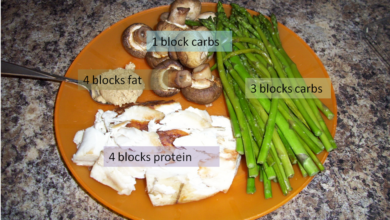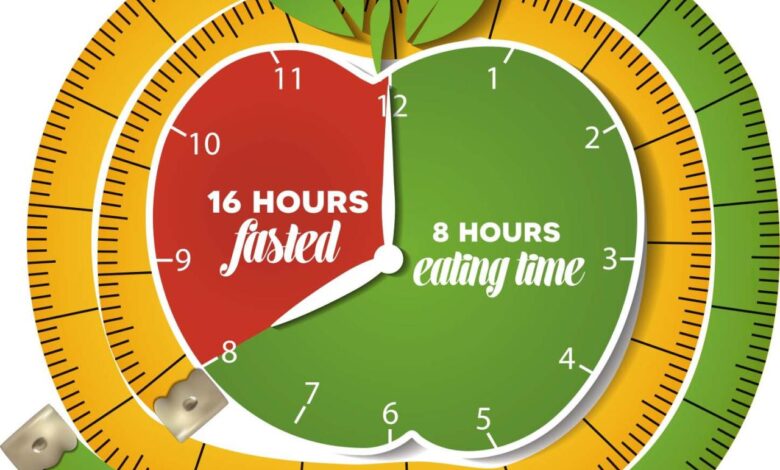
Is Intermittent Fasting Right for You?
Is intermittent fasting right for you? It’s a question many are asking, as this trendy weight-loss method gains popularity. Intermittent fasting involves cycling between periods of eating and fasting, with different approaches like time-restricted feeding, alternate-day fasting, and periodic fasting.
While it promises benefits like weight loss, improved insulin sensitivity, and reduced inflammation, it’s crucial to understand its potential risks and side effects before diving in.
Whether intermittent fasting is a good fit for you depends on your individual health, lifestyle, and goals. This article will explore the pros and cons, help you determine if it’s suitable for you, and provide guidance on how to safely incorporate it into your routine.
Planning Your Intermittent Fasting Journey
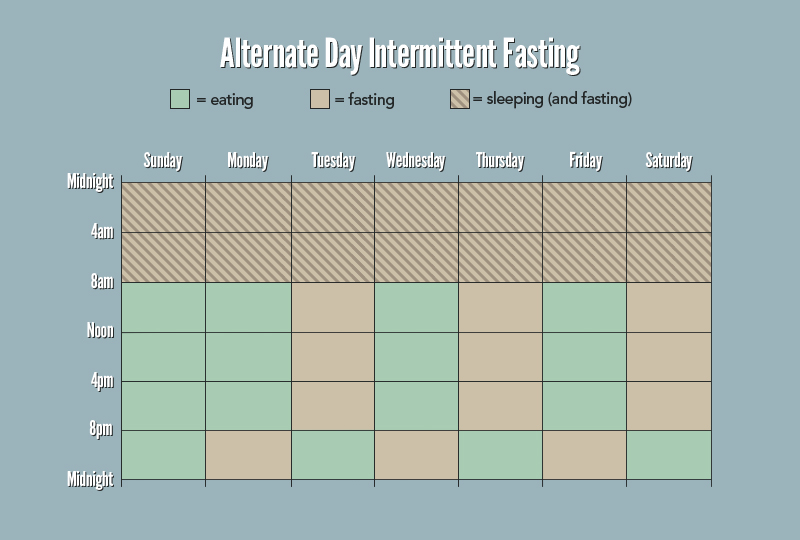
Intermittent fasting (IF) can seem daunting, but with careful planning, it can be a sustainable part of your lifestyle. The key is to find a method that fits your needs and preferences, and then gradually transition into it.
Choosing an Intermittent Fasting Method
Before diving into IF, it’s important to understand the different methods available. Each method has its unique schedule and potential benefits, making it essential to choose one that aligns with your lifestyle and goals.
Intermittent fasting can be a great way to boost your metabolism and shed pounds, but it’s crucial to make sure your body is properly fueled. Remember that a strong core is essential for good posture and overall health, and there are some common mistakes people make when training their core, which you can avoid by reading this helpful article: 10 mistakes to avoid when training your core.
By focusing on both your nutrition and your core strength, you’ll be on the right track to achieving your fitness goals.
| Method | Daily Schedule | Potential Benefits | Drawbacks |
|---|---|---|---|
| 16/8 Method | Fast for 16 hours, eat within an 8-hour window | Weight loss, improved insulin sensitivity, reduced inflammation | May be challenging for individuals with demanding schedules or those who are prone to overeating during the eating window |
| 5:2 Diet | Eat normally for 5 days, restrict calories to 500-600 for 2 non-consecutive days | Weight loss, improved metabolic health, potential for cellular repair | May be difficult to sustain long-term, potential for nutrient deficiencies |
| Alternate Day Fasting | Fast for 24 hours every other day | Significant weight loss, potential for cellular repair, improved cardiovascular health | May be difficult to adapt to, potential for fatigue and hunger |
A Beginner’s Intermittent Fasting Plan
For those new to IF, starting with the 16/8 method is often recommended. Here’s a sample plan:* Fasting Window:12 pm to 8 am (16 hours)
Eating Window 8 am to 12 pm (8 hours)This plan allows you to break your fast with breakfast and have your last meal before 12 pm. You can adjust the fasting and eating windows based on your preferences and schedule.
Gradually Transitioning into Intermittent Fasting
Starting with shorter fasting periods and gradually increasing the duration can make the transition easier. Here’s a step-by-step guide:
1. Start with a 12-hour fasting window For example, skip breakfast and eat from 1 pm to 9 pm.
2. Increase the fasting window gradually Once comfortable with a 12-hour fast, extend it to 14 hours, then 16 hours.
Intermittent fasting can be a great way to improve your health and well-being, but it’s important to consider your individual needs and goals. One thing to keep in mind is that food waste can be a significant issue, and it’s something we can all work on reducing.
If you’re looking for some delicious and easy ways to cut down on food waste, check out this article: 7 delicious ways to reduce food waste. By being mindful of your food choices and incorporating some simple strategies, you can make a positive impact on the environment and your own health while enjoying intermittent fasting.
3. Listen to your body
Intermittent fasting can be a great way to manage your weight and improve your health, but it’s important to be mindful of potential downsides. One concern is muscle loss, especially if you’re not fueling your body adequately. Check out this article on 6 sneaky ways you might be losing muscle to understand how to avoid this pitfall.
By being aware of these potential issues, you can make sure that intermittent fasting is right for you and helps you reach your goals safely and effectively.
4. Stay hydrated Drink plenty of water, herbal tea, or unsweetened beverages during your fasting window.
5. Focus on nutritious meals When you break your fast, prioritize whole, unprocessed foods rich in nutrients.
Remember, it’s essential to consult with your doctor before starting any new dietary plan, especially if you have underlying health conditions.
Staying Safe and Healthy

Intermittent fasting, while a potentially beneficial dietary approach, requires careful consideration to ensure safety and well-being. Maintaining a balanced diet during fasting periods is crucial for preventing nutrient deficiencies and supporting overall health. Additionally, managing hunger and cravings effectively is essential for preventing discomfort and promoting adherence to your fasting plan.
Prioritizing Nutrient-Rich Foods
Consuming a balanced diet during your eating window is essential for providing your body with the necessary nutrients. Focus on nutrient-rich foods, including:
- Fruits and vegetables: Packed with vitamins, minerals, and fiber, they promote satiety and support overall health.
- Lean protein: Essential for building and repairing tissues, regulating blood sugar, and maintaining muscle mass.
- Whole grains: Provide fiber, which helps regulate blood sugar levels and promotes a feeling of fullness.
- Healthy fats: Found in sources like avocados, nuts, and seeds, they support hormone production and provide sustained energy.
This approach ensures you’re getting adequate nutrition while minimizing calorie intake during your eating window.
Managing Hunger and Cravings, Is intermittent fasting right for you
Hunger and cravings are common during fasting periods, but several strategies can help you manage them effectively.
- Drinking plenty of water: Staying hydrated helps to reduce feelings of hunger and promotes a sense of fullness.
- Engaging in physical activity: Exercise can distract you from hunger and burn calories, further promoting weight loss.
- Consuming low-calorie snacks: If you experience intense hunger, opt for low-calorie snacks like fruits, vegetables, or a small handful of nuts.
These strategies can help you navigate fasting periods without feeling overly deprived.
Monitoring Your Body’s Response
It’s crucial to listen to your body and monitor its response to intermittent fasting. Pay attention to:
- Energy levels: If you experience excessive fatigue or weakness, adjust your fasting plan to ensure adequate energy intake.
- Mood changes: Intermittent fasting can sometimes lead to mood swings. If you notice significant changes, consider adjusting your plan or consulting with a healthcare professional.
- Physical discomfort: If you experience any physical discomfort, such as headaches, nausea, or dizziness, it’s important to stop fasting and consult with your doctor.
Adjusting your fasting plan based on your body’s feedback is essential for promoting safe and sustainable weight loss.
Conclusive Thoughts: Is Intermittent Fasting Right For You
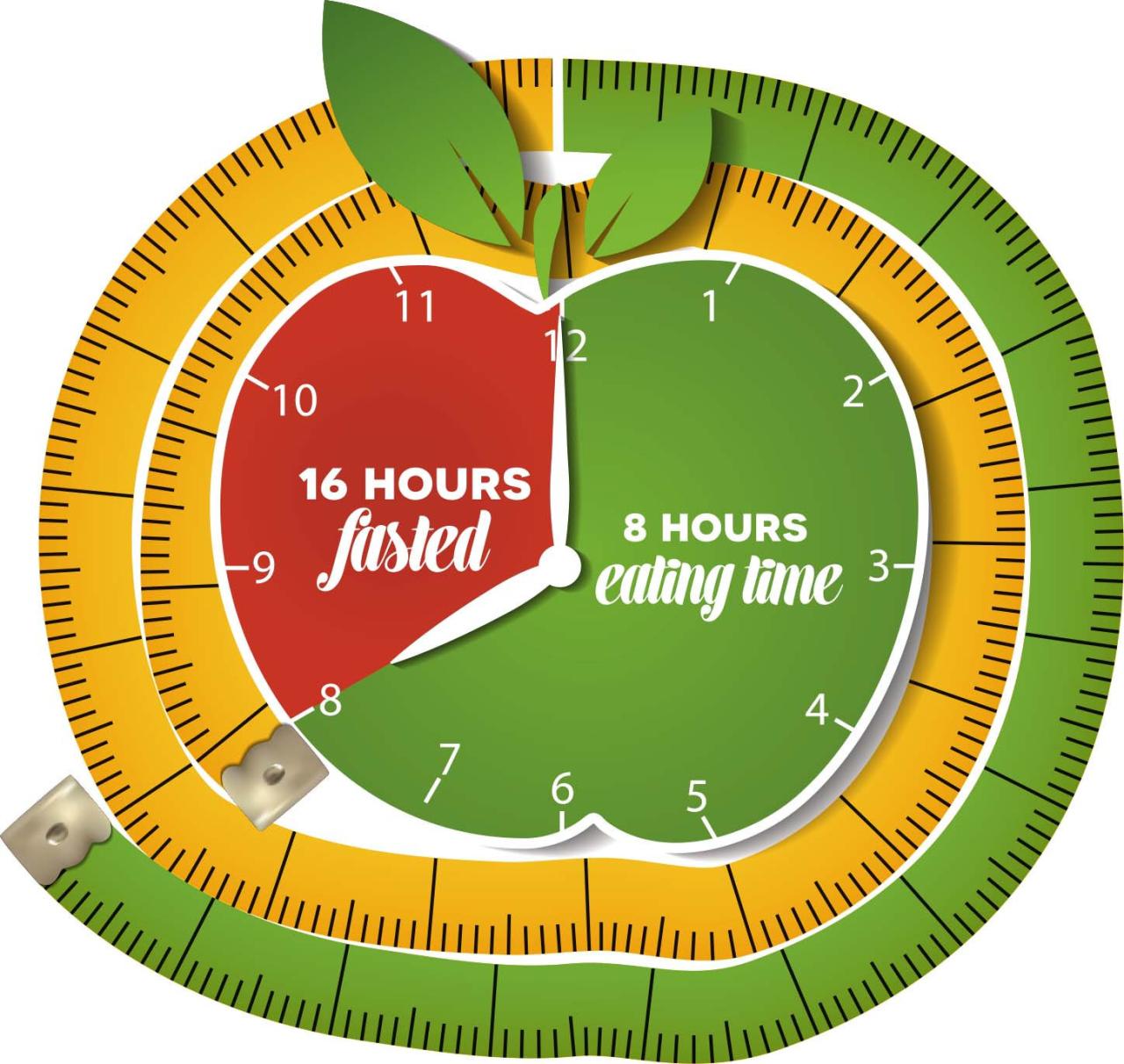
Intermittent fasting can be a powerful tool for improving your health and well-being, but it’s not a one-size-fits-all approach. Before embarking on this journey, thoroughly evaluate your health, consult with your healthcare provider, and choose a method that aligns with your lifestyle.
Remember, the key to success is finding a sustainable plan that you can stick with for the long term.

